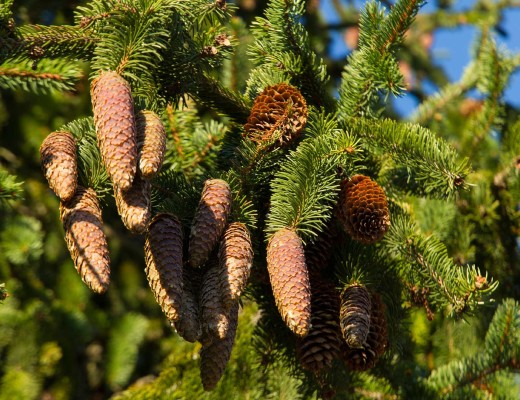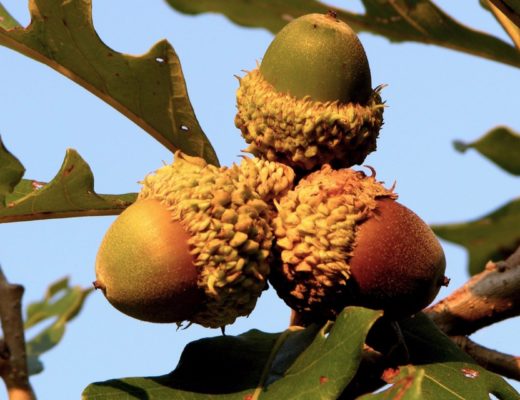(Pithecellobium flexicaule)
Although summer may be dwindling down, the heat of the sun and limited rainfall is not backing off. This year’s current conditions could be a hint to what next summer will be like. If you’re planning ahead for alternative ways to stay cool in the long-run, then planting a tree is the way to go.
As the name implies, the Texas ebony is native to Texas and only grows in the southwest region of the country. This tree has several unique traits, a notable one being that it doesn’t drop its leaves. If you’re searching for The Right Tree in the Right Place and are limited on space, then check out what this tree can offer to your landscape.
Environmental conditions
- Grows in several different soils including acidic, loamy, moist, sandy, well-drained and clay. Can survive in the driest conditions once tree is established.
- Grows at medium growth rate of 1-2 feet a year, and can reach anywhere from 35-80 feet at maturity.
- Prefers full sun, at least 6 hours of direct sunlight every day.
Physical Attributes
- This is an evergreen tree and keeps its dense foliage year-round.
- Blooms fragrant, creamy white and yellow flowers and has 4-6 inch brown seed pods. Fun fact: the seeds have been dried and made into jewelry and shells have been used as an alternative to coffee.
- Can grow in compact spaces, making it a practical choice if you don’t have a lot of yard space. (Has a spread of 20-30 feet).The Texas ebony is a wonderful tree if you’re looking for shade but don’t have the space. You get the benefit of a larger shade tree with its dense foliage and colorful flowers, and the advantage of an evergreen with year-round foliage
Do you have a Texas ebony? Share a picture below!






As long as the site is reasonably well-drained, it will grow, flower and produce seeds in Florida. I first saw the species in a garden in Miami and have grown several plants in Jacksonville.